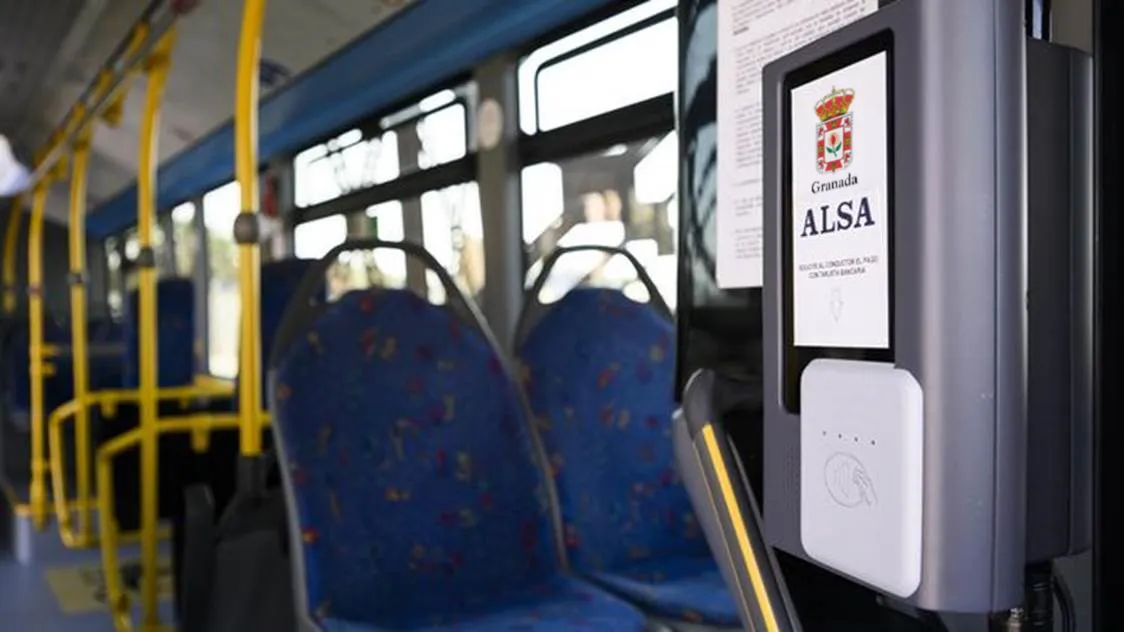Canada headquartered Mentor Engineering has supplied the city of Fayetteville, North Carolina, USA, with a comprehensive technology solution to improve operations for their fleet of city vehicles, including the Fayetteville Area System of Transit (FAST) and the police and fire departments. The city had a variety of challenges that required resolution; in the event of an emergency, the fire department, as the city’s first responders, wanted to be able to send the next available or closest unit to the scene t
October 9, 2012
Read time: 2 mins
Canada headquartered 691 Mentor Engineering has supplied the city of Fayetteville, North Carolina, USA, with a comprehensive technology solution to improve operations for their fleet of city vehicles, including the Fayetteville Area System of Transit (FAST) and the police and fire departments.
The city had a variety of challenges that required resolution; in the event of an emergency, the fire department, as the city’s first responders, wanted to be able to send the next available or closest unit to the scene to improve response times; the police department was looking to improve safety and visibility for their officers; for the transit system, FAST wanted to provide better customer service, and improve routing and scheduling to minimise overtime hours.
The Mentor Streets computer aided despatch (CAD) and automatic vehicle location (AVL) solution is installed in the office, enabling staff to see the location of all the city vehicles, transit, fire and police, on one map. The system communicates with Mentor Ranger rugged in-vehicle computers in the buses to manage FAST’s fixed-route fleet. For the paratransit operation, Mentor provided a custom integration between Mentor Ranger and Trapeze Novus routing and scheduling software. The public safety fleet, which includes 125 police vehicles and 60 fire trucks, uses Mentor BBX AVL devices in the vehicles, which collect and send GPS data to Mentor Streets and, via emergency responders’ laptops, to the public safety software in the dispatch office.
Melissa Coleman, IT Project Manager for the City of Fayetteville reports, “The system lets the transit dispatchers know where everything is, so if a paratransit client calls wondering where their ride is, the dispatchers can easily look and tell the customer exactly how far away the bus is.”
Using the vehicle tracking functionality, “we are able to send the closest unit available to save on routing and cut down on response time minutes,” says Coleman.
“The system has made the biggest difference in reducing overtime and increasing employee efficiency”, explains Coleman, “And for the emergency responders, it’s all about cutting down on arrival times.”
The city had a variety of challenges that required resolution; in the event of an emergency, the fire department, as the city’s first responders, wanted to be able to send the next available or closest unit to the scene to improve response times; the police department was looking to improve safety and visibility for their officers; for the transit system, FAST wanted to provide better customer service, and improve routing and scheduling to minimise overtime hours.
The Mentor Streets computer aided despatch (CAD) and automatic vehicle location (AVL) solution is installed in the office, enabling staff to see the location of all the city vehicles, transit, fire and police, on one map. The system communicates with Mentor Ranger rugged in-vehicle computers in the buses to manage FAST’s fixed-route fleet. For the paratransit operation, Mentor provided a custom integration between Mentor Ranger and Trapeze Novus routing and scheduling software. The public safety fleet, which includes 125 police vehicles and 60 fire trucks, uses Mentor BBX AVL devices in the vehicles, which collect and send GPS data to Mentor Streets and, via emergency responders’ laptops, to the public safety software in the dispatch office.
Melissa Coleman, IT Project Manager for the City of Fayetteville reports, “The system lets the transit dispatchers know where everything is, so if a paratransit client calls wondering where their ride is, the dispatchers can easily look and tell the customer exactly how far away the bus is.”
Using the vehicle tracking functionality, “we are able to send the closest unit available to save on routing and cut down on response time minutes,” says Coleman.
“The system has made the biggest difference in reducing overtime and increasing employee efficiency”, explains Coleman, “And for the emergency responders, it’s all about cutting down on arrival times.”









